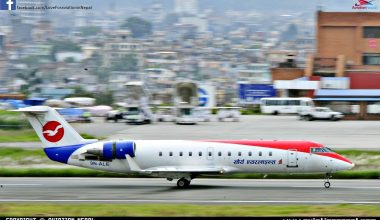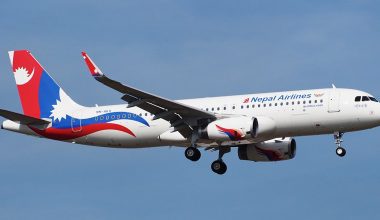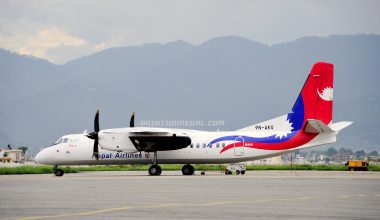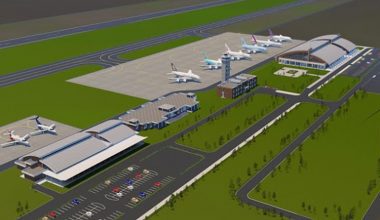Uncertain Future Of Single Engine Aircrafts after Air Kasthamandap Crash
31 Mar 2016 – Sumesh Shrestha – Following the crash of Air Kasthamandap ‘s Single-Engine airplane P-750 XSTOL with registration 9N-AJB on Feb 26, the government has put a stop on the registration of the new single engine airplanes simultaneously demanding the new policy response for allowing passenger flights and registering new single engine airplanes.
The five member committee led by Joint Secretary Buddhi Sagar Lamichhane formed under the ministry of tourism after the Air Kasthamandap crash causing the sad demise of 2 pilots submitted their report last Friday. The committee analyzed safety recommendations and studied whether the single engine aircrafts could be allowed to fly the passengers on the chartered flight.
The committee claims to have presented all the documents related to the operation of Single-Engine aircraft worldwide but had not forwarded any regulation amendments recommending the ways to make flights safer, saying that they had not been told to suggest government to allow passenger flights or not and told that the matter required extensive discussions and new policy responses.
The committee members don’t seem to be happy about the Tourism Minister Mr. Aanand Prasad Pokhrel’s decision to ban passenger charter flights and the import of new aircraft totally disregarding the facts about the continuous service, the single engine airplanes have been providing resulting an adverse effect on the travelers in the western mountainous region where the services of other flight are rare and single engine are dominant.
Single engines Aircrafts which can land and take off from short runways (STOL) where the geography of land is difficult have a history of more than 50 years in Nepal. A STOL aircraft needs only 195 meters of runway for a takeoff and 130 meters of roll during landing with a given payload of 1,500 KGS.
Photo: Goma Air Cessna Grand Caravan at TIA, Kathmandu
Currently, there are five single-engine aircraft operating in Nepal. Goma Air and Makalu Air have two each and Air Kasthamandap has one. Single Engines Pilatus Porter Aircraft carries a history of More than 50 years from the time when a PC-6 Pilatus Porter provided support to the first successful ascent of Dhaulagiri in 1960.
Pic: Makalu Air 9N-AKC Cessna Grand caravan; A single single aircraft
Swiss pilot Emil Wick flew a Pilatus Porter in the high Himalaya for the very first time. The contemporary government banned single-engine aircraft in the 1990s too after a series of crashes. Then single engine aircrafts returned to Nepali skies only in 2008 after Hisila Yami a maoist minister declared to bring them back.
After the government reopened the Nepali skies to single-engine aircraft, Air Kasthamandap became the first to acquire a license to operate them. It re-introduced the Swiss-made Pilatus Porter in Nepal. The government’s decision was based on the premise that single-engine aircraft were suitable in a mountainous country like Nepal. And after the adoption of a liberal aviation policy, more private operators started flying single-engine aircraft.








